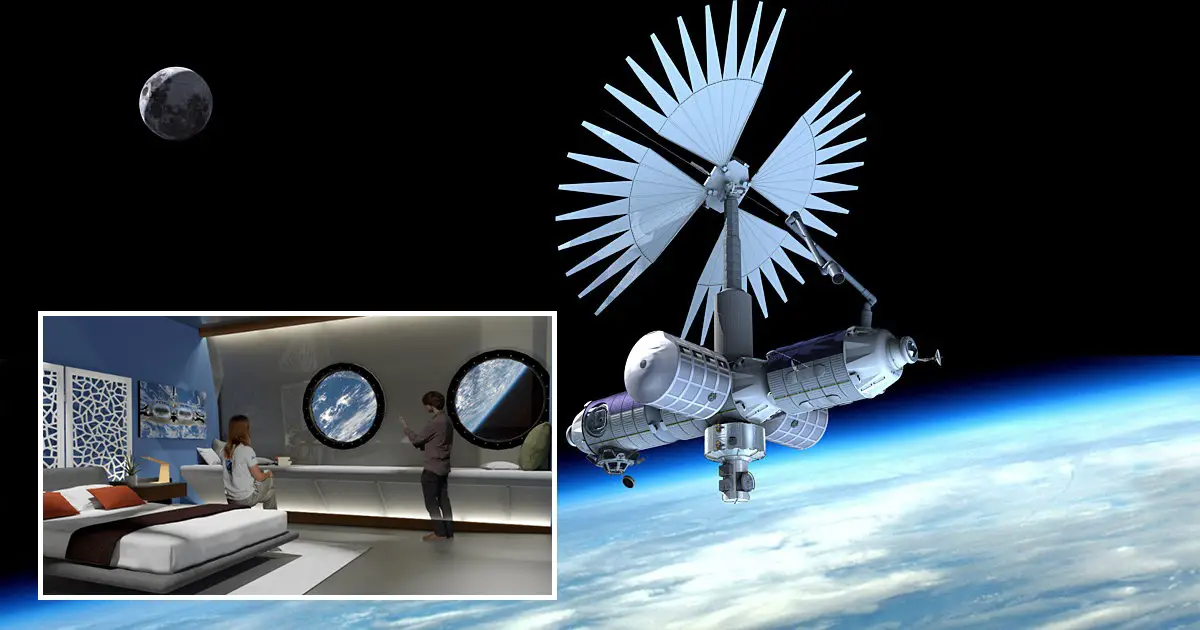A new era of space station development is about to begin. Three commercial space station ideas have been announced by NASA, joining a prior proposal by Axiom Space.
These plans are the first initiatives outside of government space organizations to develop areas for people to live and work in space. They are part of a trend known as “Space 4.0,” in which commercial possibilities drive space technology. Many people feel that this will be required to transport mankind to Mars and beyond.
In low Earth orbit (less than 2,000 kilometers above Earth’s surface), there are presently two inhabited space stations, both belonging to space agencies. Since November 2000, the International Space Station (ISS) has been staffed by a crew of seven astronauts. The Chinese station Tiangong’s first module was launched in April 2021 and is currently staffed by three crew members.
The International Space Station, on the other hand, is set to leave orbit at the end of the decade, after almost 30 years in space. It was a major symbol of international collaboration after the Cold War’s “space race” competition, as well as the first really long-term space home.
Multiple commercial space stations are being planned, signaling a significant change in how space will be utilized. Will these stations, however, transform the way humans live in space or follow in the footsteps of previous space habitats?
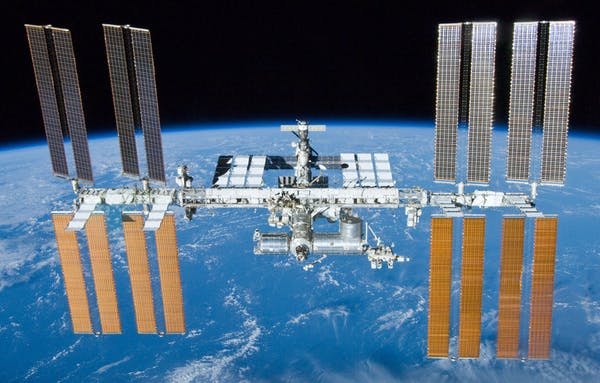
Commercializing life in space
NASA’s backing for commercializing space is driving the transformation. Commercial cargo services to supply the International Space Station, such as SpaceX’s Cargo Dragon, and private spacecraft to bring personnel to orbit and the Moon, such as SpaceX’s Crew Dragon, Boeing’s Starliner, and Lockheed Martin’s Orion capsules, began around a decade ago.
Start-up NASA granted Axiom Space a $140 million contract in February 2020 for a private module to be linked to the International Space Station. Philippe Starck will create a luxury interior for Axiom.
It is like a “nest, a snug, and welcoming egg,” according to Starck. A large observation area with two-meter-high windows allows travelers to gaze out at the Earth and space.
The first module is expected to arrive at the ISS in 2024 or 2025, with further modules arriving each year. Axiom’s modules will create a free-flying station by the time the ISS is decommissioned in 2030.
To build its habitat, Axiom has inked a contract with French-Italian contractor Thales Alenia Space, which constructed over half of the ISS’s livable volume for NASA and the European Space Agency.
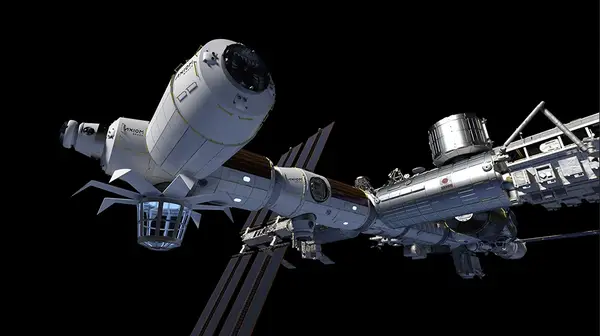
There is more, however. Three more companies have been chosen for the first round of NASA’s Commercial LEO Destinations competition to construct free-flying space stations to replace the International Space Station.
First, a partnership consisting of Nanoracks, Voyager Space, and Lockheed Martin suggested a station dubbed Starlab that would give chances for research, industry, and tourism. Blue Origin, Sierra Space, and Boeing launched Orbital Reef, a rival proposal, nearly shortly after. Northrop Grumman’s third project will be made up of modules based on its current Cygnus cargo vehicle.
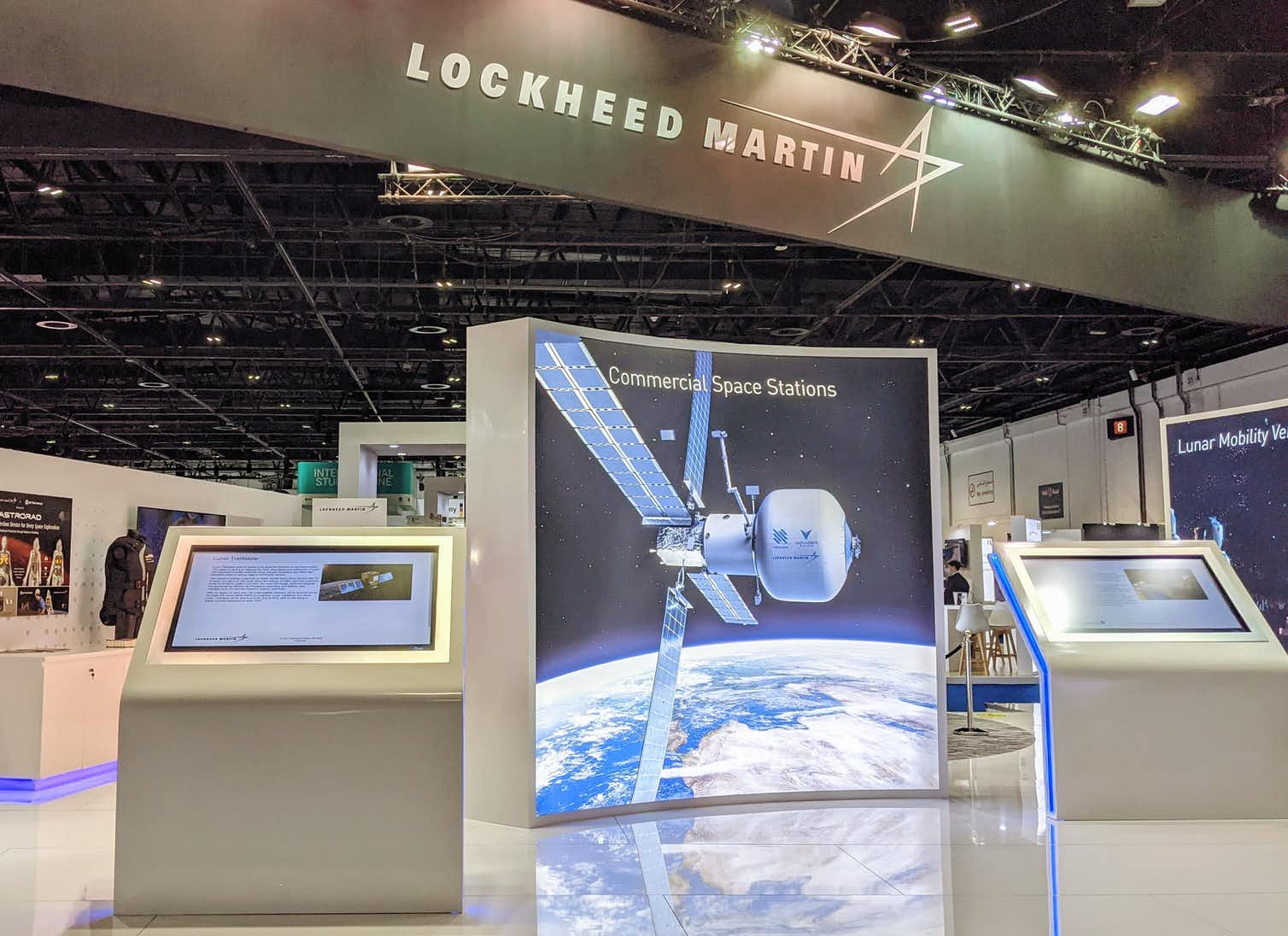
But how are space stations actually used?
It is unclear if the commercial space stations will be more habitable than previous generations of space stations such as Salyut, Mir, and the International Space Station.
Older space stations were often built to fulfill technical restrictions rather than with crew comfort in mind. What have been the lessons acquired in order to improve life in space?
Until recently, very little study has been done on astronauts’ experiences aboard space stations. That is where social science techniques, like the ones we are using in the International Space Station Archaeological Project, come into play.
We have been developing new, data-driven understandings of how the ISS crew adapts to living in confinement, isolation, and microgravity since 2015. We watch and measure how they interact with the constructed environment and the items around them. What are the common patterns of use for various areas and items?
This kind of query uncovers information that has never been addressed in habitat design previously. The crew, it turns out, does not always utilize the ISS’s spaces as intended; for example, they personalize distinct places with visual displays of objects that represent their ideas, hobbies, and identity.
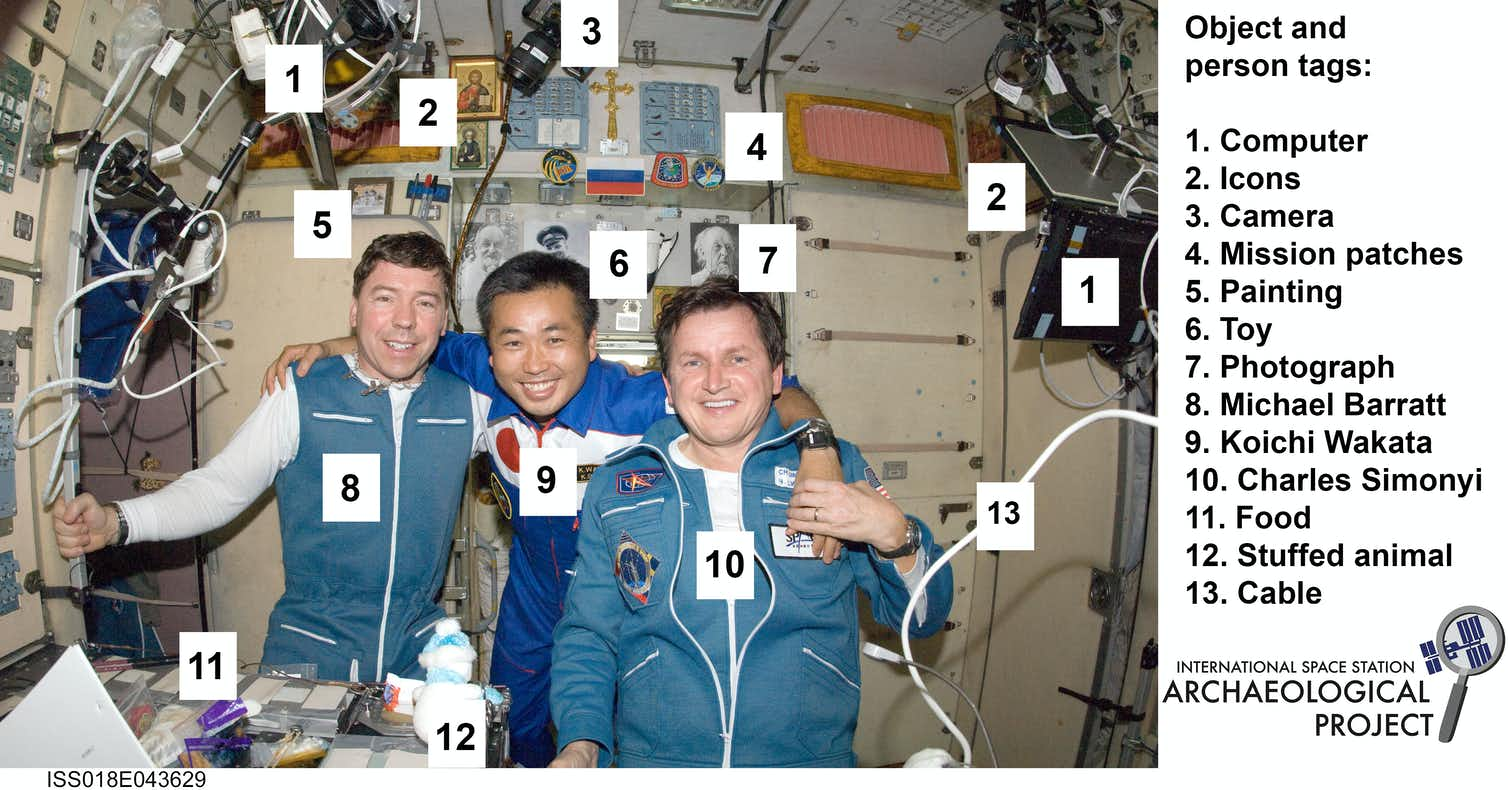
In addition, the crew does not utilize all of the ISS’s areas equally. Among the 16 modules that make up the station, people of various genders, nations, and space agencies appear in certain modules more than others. These patterns have to do with how work is distributed among crews and agencies, as well as the structure of the modules themselves.
The absence of gravity is one of the most difficult aspects of living in orbit. Handrails, Velcro, bungee ropes, and resealable plastic bags operate as “gravity surrogates,” holding items in place as the rest of the room floats. Our study examines how crew members adjust these gravity surrogates to make their tasks more effective, as well as how the surrogates’ location affects how various places are utilized.
Society and culture in space
Even with luxury features like wide windows, designers and engineers have a long way to go in terms of making space stations efficient, pleasant, and welcome, particularly for the anticipated space tourism sector.
The proposals for privately owned and controlled space stations are clearly ambitious, and they have the potential to change how people live in space. However, it is probable that the firms developing them are unaware of what they do not know about how humans utilize space habitats.
They will only be able to make genuine improvements that will increase mission success and crew well-being if they turn to new sorts of inquiry and study from a social and cultural viewpoint.
This article by Justin St. P. Walsh, Associate professor of art history and archaeology, Chapman University and Alice Gorman, Associate Professor in Archaeology and Space Studies, Flinders University, is republished from The Conversation under a Creative Commons license. Read the original article.

